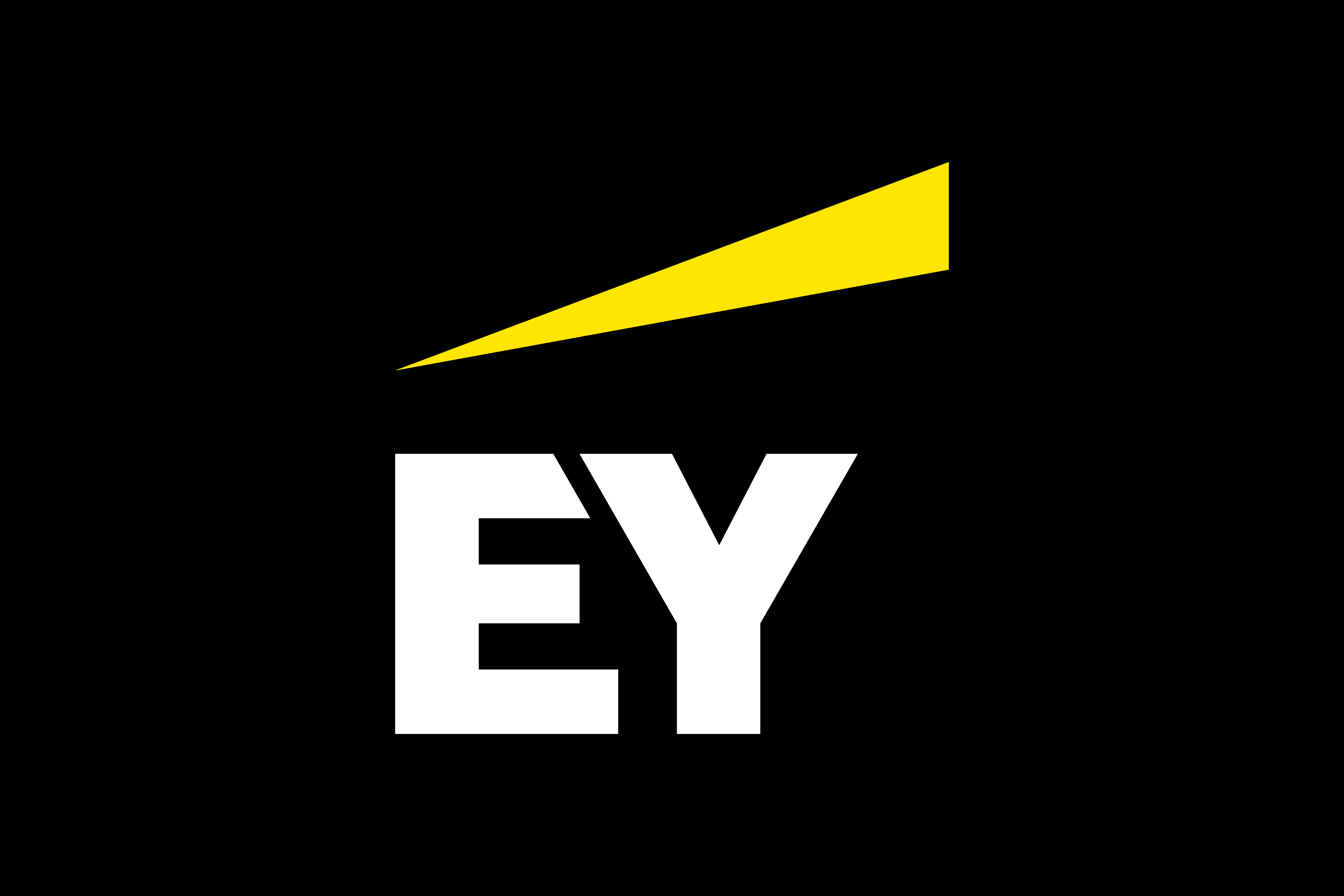EY refers to the global organization, and may refer to one or more, of the member firms of Ernst & Young Global Limited, each of which is a separate legal entity. Ernst & Young Global Limited, a UK company limited by guarantee, does not provide services to clients.

Explore how global trade changes affect transfer pricing strategies and compliance, and discover ways to adapt in a shifting landscape.
In brief
- Global trade disruptions are reshaping transfer pricing strategies, requiring businesses to adapt to new customs and valuation challenges.
- Companies must align transfer pricing and customs documentation to mitigate compliance risks and capitalize on operational efficiencies.
- Regular reviews of supply chains are essential to understand risk exposure and ensure adherence to the arm's length principle in transfer pricing.
As the world of global trade navigates geopolitical and regulatory disruption, the relationship between administration of customs and transfer pricing policies will continue to become increasingly complex. Transfer pricing governs the transaction pricing between related entities, and as a result can directly influence the valuation of goods for customs purposes, depending on the customs valuation method selected. Similarly, with many companies reviewing their global sourcing and production routes due to additional tariff and non-tariff barriers, careful consideration must be given to changes in these routes as it could affect the application of the arm’s length principle vis-à-vis intra-group transactions between entities in different countries. The co-dependency of these two topics can lead to both potential risks and opportunities that require assessment.
The illustration below is designed to show this interaction of global trade and transfer pricing rules along the value chain, and to highlight where a change in one place may have downstream or upstream effects elsewhere. Overall, the key impact areas to consider between transfer pricing and global trade are;
- Valuation discrepancies: Inconsistent transfer pricing methods (including inconsistent implementation) may result in discrepancies in the declared value of goods at import, which not only impacts the customs duty value paid, but also could lead to potential customs audits and further penalties. That being said, the reverse effect is true in that a well-defined approach to transfer pricing and customs can create operational efficiencies across both areas of taxation.
- Compliance risks: Companies must ensure that any change to their transfer pricing principles duly considers the global trade and customs regulations of the relevant territories to avoid non-compliance issues. In preparing compliance documentation for either global trade or transfer pricing purposes, it is important to ensure consistency across both. A clearly defined, and well documented global trade and transfer pricing approach is critical in managing stakeholders in this new, more complex, environment.
- Global trade disruption: Additional tariffs as a response to geopolitical tensions and changes to international trade agreements are becoming increasingly normal in the global trade world. Companies should be performing periodic reviews of their supply chain and production route footprint to understand their risk exposure to these changes. Adjusting global supply chains can have a direct impact on transfer pricing strategies and may require analysis with respect to a transfer of value into or out of a jurisdiction.
Illustration 1: Large multinational corporation first sale considerations for transfer pricing & global trade

The First Sale rule leverages a detailed understanding of the creation of value within the group, to enable importers to determine the product value for the purpose of calculating US customs duties. Given that the First Sale rule aims to reflect the value of the product, and transfer pricing reflects the creation of value across the Group, it is important that the analysis underpinning the customs analysis and transfer pricing analysis are aligned. The First Sale concept provides that the value of the goods as declared for customs purposes reflects the value of the goods themselves and excludes certain other values, for example, brand value. etc. While these value drivers may increase the price paid by a distributor to a principal, they can be excluded from the customs value by applying the value of the sale from the manufacturer to the principal. During a chain of sales for export to the US, the importer can select an earlier sale that carries a lower value so long as the supporting criteria is met and documented (e.g., evidence of bona fide sales, substantiated arm’s length principle, reasonable care, etc.).
Application of First Sale Using Transfer Pricing Analysis
In order to apply the First Sale method, it is necessary to ensure that there is a clear understanding of value creation, accurate implementation of the transfer pricing policies, and clear alignment between the transfer pricing documentation and the customs documentation.
- Understanding of value creation: As the First Sale method, at its core, seeks to determine accurately the value of the products and remove the effects of other activities along the value chain that may be captured in the invoiced price from a principal to a US distributor, it is necessary to clearly document and understand the value chain of the Group, setting out the value added not only by the manufacturer through the manufacturing of the product, but also the value added by the Principal giving rise to the difference in its invoiced price and the price paid to the manufacturer.
- Accurate implementation: Transfer pricing approaches that are used for a manufacturer (e.g., remunerating a manufacturer with a fee equal to total costs incurred in manufacturing plus an arm’s length mark-up) seek to ensure that the manufacturer records a profit in line with the arm’s length principal for a chargeable period. Customs valuation, on the other hand, seeks to determine an accurate value for the products as imported. In the event of costs that arise annually, but create benefit throughout the year, this may create fluctuations in the price of the same product sold at different times of the year, that would not necessarily be seen in a transaction between unrelated companies. It is also important to consider the ongoing monitoring of the transfer pricing policy to minimise true-ups at the end of the year, as this may indicate an incorrect customs valuation.
It is important to consider how these costs should be spread across the year, to ensure that in addition to the overall remuneration for the period being compliant with the arm’s length principal the price for each product is also reflective of the value of the product and not distorted by one-off costs. This is true also of instances where First Sale is not applicable, as one-off costs can distort the determination of the product value while remaining compliant with the arm’s length principal for a chargeable period.
- Detailed and aligned documentation: Given the complexity in the value chain of larger multinational enterprises (“MNEs”), the increasing propensity of customs authorities to review transfer pricing documentation to understand the operations of an MNE, and the fact that the use of First Sale results in a price other than that which was invoiced being used for customs valuation purpose, it is critical that the transfer pricing documentation and customs documentation are aligned in setting out the creation of value across the Group, clearly tying all analysis to the financial information both for the individual product sales and the overall entity financials for the chargeable period.
How EY can help
In navigating this increasingly complex environment, EY brings together the expertise of its Global Trade and Transfer Pricing professionals to ensure our clients are meeting all customs and transfer pricing requirements, providing strategic advice from operating model design, analysis as to value creation and through to implementation and compliance documentation.
-
The Geostrategic Business Group can help translate geopolitical insights into business strategy to help manage political risk. Find out how.
Read more
Summary
The article discusses the complexities arising from global trade disruptions and their impact on transfer pricing. As geopolitical tensions and regulatory changes affect customs and valuation methods, businesses must navigate the intricate relationship between transfer pricing and global trade. Inconsistent pricing methods can lead to valuation discrepancies and compliance risks, making it essential for companies to align their transfer pricing and customs documentation. Regular supply chain reviews are crucial to assess risk exposure and ensure adherence to the arm's length principle. By understanding these dynamics, businesses can identify opportunities and manage challenges in an evolving trade landscape.
Related content
Strategic steps: 5 actions for Irish life science leaders facing tariff uncertainty
Explore five essential steps for Irish Life Sciences leaders to navigate U.S. tariff uncertainties and enhance operational resilience in a volatile trade landscape.
Why cybersecurity must remain a priority amid tariff chaos
In an increasingly volatile economic environment, businesses must not allow their cyber focus to waver. Find out how.
How will the new tariff announcements impact Ireland’s technology sector
The US tariff announcements are reshaping the global trading landscape. Find out what it means for Ireland’s technology sector.
Increased trade and regulations, along with growing scrutiny of cross-border flows, are challenging today’s supply chains.
What are the implications of US President Trump's reciprocal tariffs on global trade
Discover the impact of Trump's reciprocal tariffs on global trade. Learn how to mitigate risks and adapt your business strategy today!







